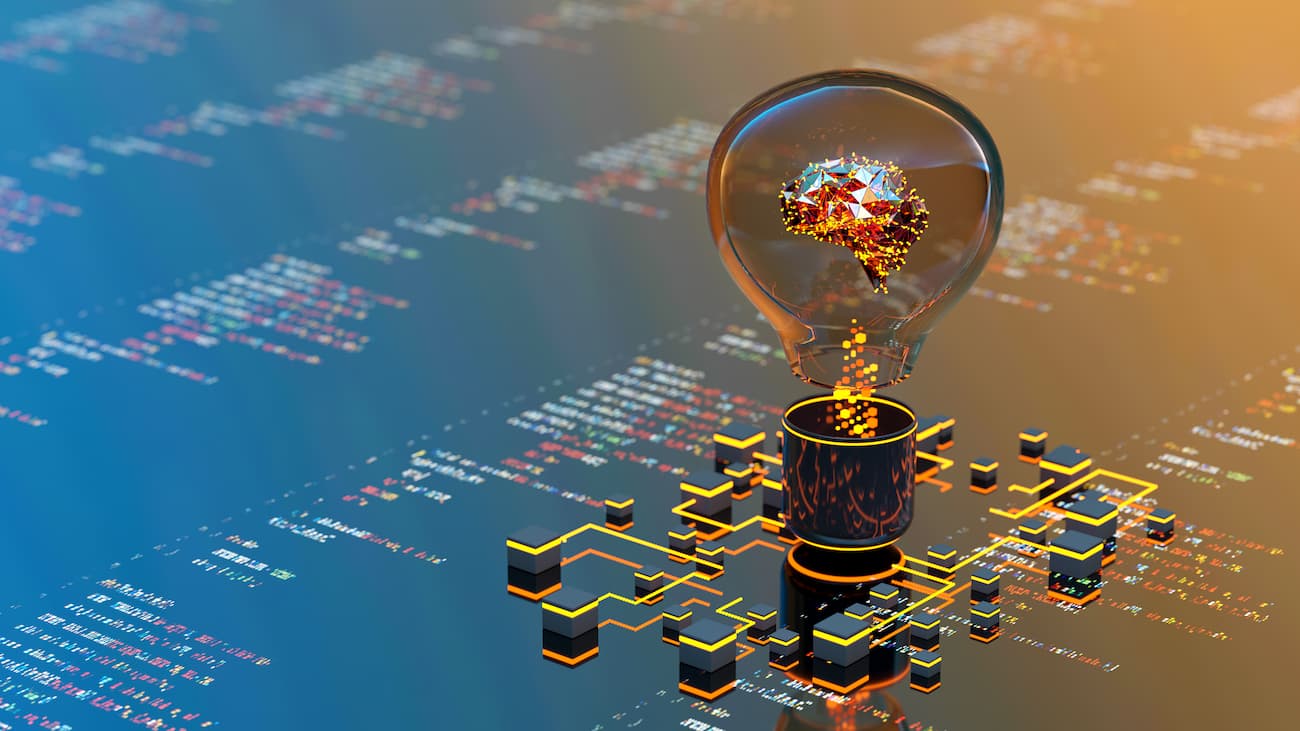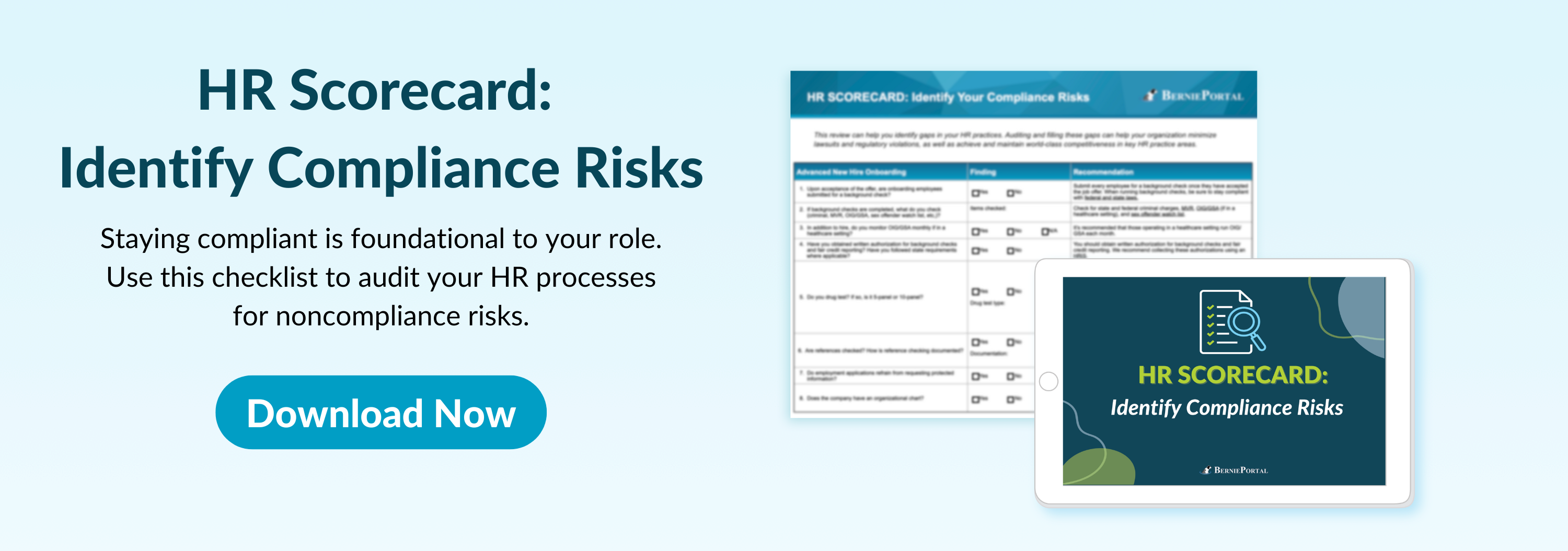Written by
Will Miranne
Will is an aPHR-certified writer on the marketing team at BerniePortal. He writes about healthcare, human resources, and benefits.
5 Ways AI Can Benefit Workplace Injury Prevention Plans

As technology advances, integrating artificial intelligence (AI) into the workplace has become increasingly common. Workplace injury prevention plans are one area in which AI can make a significant impact. HR can use AI-powered tools and algorithms to more accurately identify safety concerns and mitigate potential hazards before they lead to accidents.
Read on to explore five key ways AI can positively impact workplace injury prevention plans.
1. Real-time risk identification and analysis
One of the most significant advantages of incorporating AI into a workplace safety plan is having the ability to analyze and process large amounts of data in real-time. By analyzing historical injury data and identifying patterns, AI algorithms can identify potential safety hazards that may have gone unnoticed by human operators. AI-powered tools such as sensors and cameras can continuously monitor the workplace for potential risks, alerting employees and management to potential hazards before they can cause harm.
2. Improved safety training and education
Companies can use AI-powered tools to enhance safety training protocols and employee education programs. Virtual reality and simulations are one such example. Employees can use these tools to expose themselves to potentially hazardous situations in a controlled environment. This way, they can use their experiences to develop safety skills and knowledge without ever putting themselves or those around them at risk. This can be particularly useful for employees who work in high-risk environments or those who may be new to a particular job or task.
3. Predictive analytics and predictive maintenance
AI can also help employers predict when their equipment or machinery is most likely to fail, allowing for predictive maintenance and repair before accidents occur. Precise data and statistics can then be analyzed by organizations to further benefit their safety measures in the future.
More specifically, this means that AI will analyze data from sensors and other sources and then use algorithms to identify patterns and anomalies that may indicate a likelihood of equipment failure. This will enable maintenance teams to take preventative action before the onset of any safety concerns.
4. Reduced costs and improved productivity
By improving safety and reducing the risk of accidents and injuries, AI can also help reduce costs associated with workplace accidents, such as lost productivity, workers' compensation claims, and medical expenses. This can have a positive impact on the bottom line and can also help improve employee morale and job satisfaction.
Fewer accidents will lead to improved employee engagement and confidence, boosting the organization's culture. In this way, AI will continue contributing to organizational success after assisting in workplace safety.
5. Compliance and regulatory adherence
AI can help employers and HR professionals comply with all safety regulations and requirements. By analyzing safety data, complying with OSHA, and identifying additional safety and compliance issues, AI algorithms can alert organizations to errors in compliance or possible regulatory neglect. This means that AI will help ensure safety protocols and procedures are followed correctly, reducing the risk of regulatory fines and penalties.
Technology is constantly evolving, and it is likely that AI will not be any different. As AI continues to adapt and evolve, businesses must update their tools to maintain the highest levels of compliance by following strict safety guidelines daily.
Ultimately, AI has the potential to revolutionize workplace safety by identifying potential safety hazards, enhancing safety training and education, enabling predictive maintenance and repair, reducing costs, and ensuring compliance with safety regulations.
Employers and HR professionals should consider the benefits that AI can bring to their injury prevention plans and explore ways to integrate these AI-powered tools and algorithms into their safety programs. Doing so can help create a safer and more productive workplace for their employees.
Additional Resources
You can also stay informed, educated, and up-to-date with all things HR by using BerniePortal’s comprehensive resources:
- BernieU—free online HR courses, approved for SHRM and HRCI recertification credit
- BerniePortal Blog—a one-stop-shop for HR industry news
- HR Glossary—featuring the most common HR terms, acronyms, and compliance
- HR Guides—essential pillars covering an extensive list of comprehensive HR topics
- HR Party of One—our popular YouTube series and podcast, covering emerging HR trends and enduring HR topics
Written by
Will Miranne
Will is an aPHR-certified writer on the marketing team at BerniePortal. He writes about healthcare, human resources, and benefits.
Related Posts
HR may use 6 types of background checks: identity verification checks, criminal record...
Yes, employees have a right to pray at work, but there's more to it than that. Read on...
49 out of 50 states in the U.S., all but Montana, follow at-will employment, so if you’re...
Many employers enjoy giving young people access to good jobs and opportunities. However,...








Submit a Comment